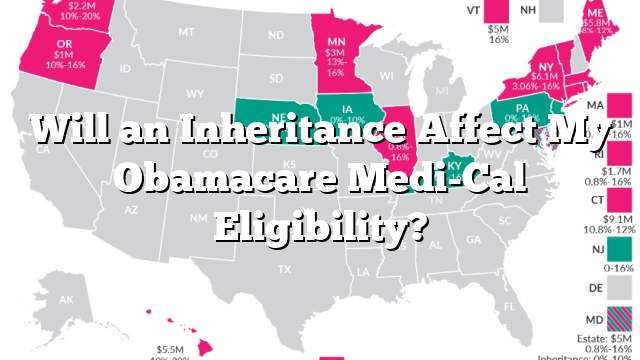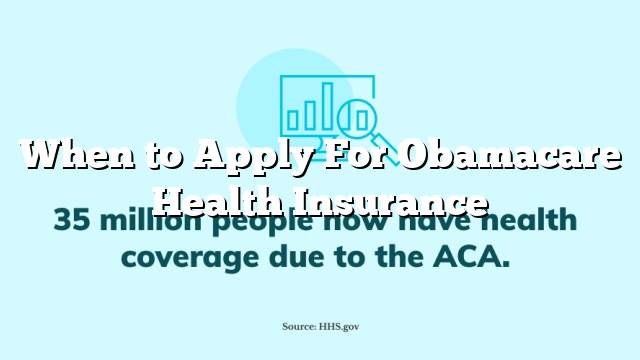

The Affordable Care Act prioritizes income over net worth when determining eligibility for Obamacare aid, so even wealthy people with plenty of assets can still access discounted plans due to high enough income levels that qualify them for subsidies.
ACA health insurance subsidies help lower premiums for individuals whose incomes fall between 100% and 400% of the federal poverty level, by covering out-of-pocket expenses such as deductibles and copays.
Income limits
Obamacare eligibility income limits determine how much financial assistance you are eligible for. Subsidies can reduce your premiums and out-of-pocket costs for medical services.
A family of four can receive a subsidy if their income falls between 100% and 400% of the federal poverty level, including the 2021 level which is $12,760-$51,040 for an individual and $26,200-$104,800 for a family of 4.
People with higher incomes may qualify for subsidies when their premiums exceed 8.5% of their total income. This is especially beneficial to older marketplace consumers, who often spend more than a third of their earnings on health insurance premiums.
However, it’s essential to note that these amounts are based on projected income for the year. If your earnings exceed what was projected, any extra money earned can be refunded to you in the form of a tax credit when filing your taxes.
Zero-premium plans
Zero-premium plans are widely available and can be a great help to those without access to subsidies for health care services. Unfortunately, they may cause people to pay more out-of-pocket than necessary for these necessary items.
The Affordable Care Act established a cap on the amount of income individuals and families at all income levels must contribute toward premiums, thus increasing access to premium tax credits. These new credits help lower premium costs and make zero-premium plans more accessible.
The American Rescue Plan (ARP) extended subsidy enhancements until 2022, making zero-premium plans more accessible than before the ARP. While these subsidies may not remain in place after 2022, some enrollees in certain areas can expect them to remain accessible.
Subsidies
Premium subsidies, also referred to as tax credits, help lower the cost of monthly health insurance premiums. They may also reduce what you owe for deductibles and copayments.
Subsidies are available to those who purchase ACA plans through the exchanges, but do not extend coverage to individuals purchasing non-ACA compliant plans outside the marketplace, short-term health plans, standalone prescription drug plans or other types of health insurance.
Subsidy eligibility is typically determined based on expected income as a percentage of the federal poverty level (FPL). As such, the subsidy threshold increases according to income level.
Individuals whose income exceeds these limits may qualify for subsidies when their health insurance costs more than 8.5% of their total household income.
In addition to premium subsidies, the Affordable Care Act (ACA) offers other financial assistance for low-income individuals and families to cover their health insurance coverage costs. These include advance premium tax credits and cost sharing reductions – both of which reduce out-of-pocket expenses you must pay for coverage.
Tax credits
Enrolling in a Marketplace plan may provide them with a premium tax credit (also known as a subsidy) which reduces their monthly payment amount. They can use this credit either ahead of time to lower their payments or claim it through taxes.
Throughout the year, changes to your income and household size can impact how much of a premium tax credit you receive. To ensure that your premium tax credit doesn’t get reduced too low, notify the Marketplace of any adjustments.
The maximum credit amount available to each household is determined on a sliding scale, with lower household incomes generally receiving greater credits. However, if you use more of your premium tax credit than what’s allowed based on your final yearly income, then you must repay any excess when filing taxes.






